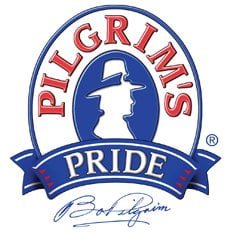
Pilgrim’s Pride filed for Chapter 11 bankruptcy protection on December 1, 2008 after becoming swamped with debt and facing soaring chicken feed prices and slumping sales. Even after becoming a much smaller company during bankruptcy, Pilgrim’s Pride still employs 41,000 workers. With the approval of the bankruptcy exit plan many creditors expressed satisfaction with the settlements promised and Pilgrim Pride’s managers foresee a much more viable company after their bankruptcy exit.
Since the commencement of the recession, many companies have turned to bankruptcy after contracting credit markets made it difficult for them to refinance or repay outstanding loans. Many of those companies did not survive the bankruptcy process. Companies such as Circuit City are counted amongst the causalities along with many unnamed smaller businesses. The most important factors in surviving a corporate bankruptcy is timely intervention and the cooperation of creditors in creating a pre-packaged Chapter 11 bankruptcy plan that will expedite the company’s exit from bankruptcy. This proves true for both large and small companies. Companies the foresee trouble and act quickly with the consensus of at least the most important creditors are more likely to exit bankruptcy as a more successful entity.